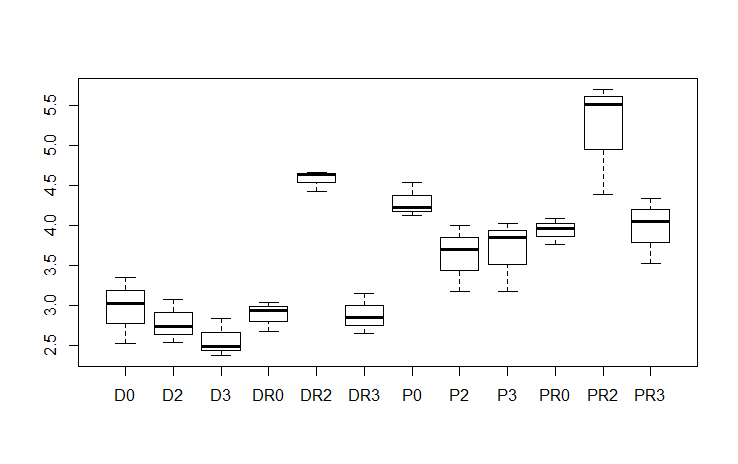Difference between revisions of "AMPK"
| Line 5: | Line 5: | ||
====Kinetics==== | ====Kinetics==== | ||
====Pathways==== | ====Pathways==== | ||
| + | =====Upstream===== | ||
| + | =====Downstream===== | ||
====Diseases==== | ====Diseases==== | ||
====References==== | ====References==== | ||
| Line 15: | Line 17: | ||
====Activity regulation==== | ====Activity regulation==== | ||
| − | + | ||
| − | |||
[[Category: Human_muscle]] | [[Category: Human_muscle]] | ||
[[Category: Kinase]] | [[Category: Kinase]] | ||
Revision as of 14:24, 16 April 2018
AMPK Protein Kinase AMP-Activated
Contents
Action
AMPK, a fuel sensor and regulator, promotes ATP-producing and inhibits ATP-consuming pathways in various tissues. AMPK is exists as a heterotrimeric complex composed of a catalytic α subunit and regulatory β and γ subunits. The kinase is activated in response to stresses that deplete cellular ATP supplies such as low glucose, hypoxia, ischemia and heat shock. Binding of AMP to the γ subunit allosterically activates the complex, making it a more attractive substrate for its major upstream AMPK kinase, LKB1. As a cellular energy sensor responding to low ATP levels, AMPK activation positively regulates signaling pathways that replenish cellular ATP supplies. For example, activation of AMPK enhances both the transcription and translocation of GLUT4, resulting in an increase in insulin-stimulated glucose uptake. In addition, it also stimulates catabolic processes such as fatty acid oxidation and glycolysis via inhibition of ACC and activation of PFK2. AMPK negatively regulates several proteins central to ATP consuming processes such as TORC2, glycogen synthase, SREBP-1 and TSC2, resulting in the downregulation or inhibition of gluconeogenesis, glycogen, lipid and protein synthesis. Due to its role as a central regulator of both lipid and glucose metabolism, AMPK is considered to be a key therapeutic target for the treatment of obesity, type II diabetes mellitus, and cancer. The AMP-activated protein kinase (AMPK) has an important role in the regulation of cellular energy homeostasis. The enzyme is activated under conditions of low ATP, often caused by a variety of stresses and regulates signaling pathways that increase the supplies of ATP available. (http://www.sinobiological.com/ampk-signaling-pathwawy.html)
